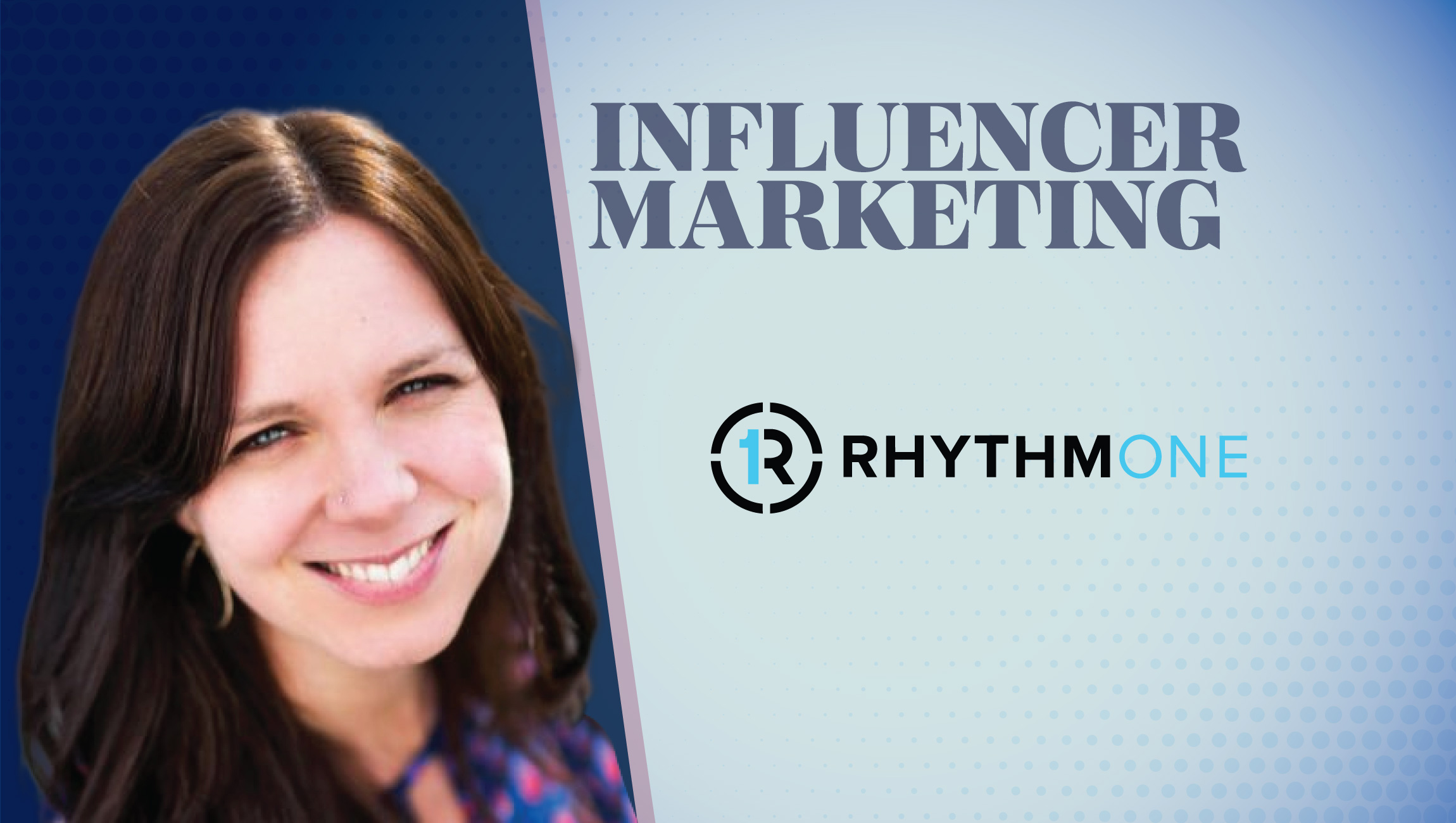Ask any CMO about the formula for winning with Digital Advertising, and the answer will inevitably center around Relevance – the ability to leverage data to achieve that state of marketer nirvana bringing together the right person, right message, right time and right context. But while Programmatic Media has come a long way in terms of its sophistication around Audience Targeting, it still lags when it comes to consumer reaction, perhaps the most relevant insight of all. The next evolution of programmatic must take lessons from an unlikely source of inspiration: the door-to-door salesperson.
Think about all of the advantages that door-to-door salespeople possess when it comes to audience understanding. They know the context, the neighborhood, and the weather. Also, they know the address, the date and the time. They know the size of the house, along with the gender, age and financial profile of the prospect. And they know whether they have knocked on that same door in the past.
Among all of this anecdotal information, perhaps no insight is as relevant as the salesperson’s ability to read facial expressions and other small cues to detect when the consumer objects, retreats or appears put off — information that the seller can use to alter his approach on the fly. (There’s a reason why the lion’s share of sales literature is devoted to overcoming objections: The consumer usually has them).
Programmatic media’s ability to read and react to these consumer cues is still in its infancy, which presents a serious challenge for today’s media buyers. After all, if you can’t gauge when a person doesn’t want to see your ads, you can’t know when to stop showing them.
But with a growing body of evidence suggesting that restraint is a key driver of relevance, it’s clear that a brand’s ability and willingness to suppress advertising where it is known to (or likely to) cause irritation represents the next signature advance in people-based engagement. To get there, advertisers will need to attain not just a people-based view of the customer, but one that can resolve her identity and respond to behavioral cues in real-time.
Read More: Marketers Shouldn’t Have to be Data Scientists
Thou Shalt Not Annoy the Consumer
We know that individual consumers are unique. That’s why we’ve spent decades building a vast and intricate infrastructure for targeting them on an individual level based on income, preferences, purchase history and other attributes. But consumers are also unique in terms of how they think about the value exchange required to share their information and attention, as well as their perspectives on data privacy and even on specific products and categories — consider how personal beliefs and sensitivities can determine an individual’s response to messages promoting sports betting, pharmaceuticals or alcohol.
Respecting these wishes should be reason enough to show restraint in advertising, but simple math points to an even stronger imperative. Quite simply, bad advertising is expensive, and even if you don’t consider the long-term effects of annoying the customer (which are considerable), it always pays to advertise to people who are receptive to your pitch. A dollar spent on anything else is a waste — and there is still plenty of waste happening out there.
Anecdotally, we see evidence of this wastefulness with brands like JPMorgan Chase and Procter and Gamble, which have put in the work to improve spending efficiencies. JPMorgan Chase found it was able to reduce the number of sites on which its ads appeared from 400,000 to 5,000 with “little change in the cost of impressions or the visibility of its ads on the internet.” Likewise, P&G managed to cut $200 million in digital ad spend and actually increase its reach by 10 percent. Still more evidence of the amount of waste inherent within the machine when it’s running along “as usual:” studies like the one that found nearly half of Western Europe’s online ads aren’t reaching intended targets.
This waste usually isn’t due to fraud, ad blocking or poor creative, but rather to bad audience targeting — or more specifically, the inability to know when enough is enough.
That’s because, for all the sophistication in the programmatic machinery, advertising remains a mostly one-way proposition that allows brands to speak to consumers, but doesn’t provide an efficient mechanism for listening to them. This means that even though reading and understanding a consumer’s willingness to engage a brand’s advertising is essential to the relevance CMOs celebrate, advertisers still struggle to know when and why to slam the brakes — not to mention facing a tough time stopping even when they do know.
Read More: Top 3 Do’s and Don’ts Every Healthcare Marketer Should Know
And that’s why the way forward in programmatic — the path by which marketers will at last travel the final mile to understand audience reaction, as well as audience attributes — is built on real-time recognition of who the customer is and what she’s up to. Marketers that capture live intent data and persistently resolve identity across devices and channels not only can deliver individualized messages and promotions that speak to customers in that particular moment in time; they also can suppress customers who don’t fit the campaign criteria (e.g., shoppers who previously converted) or opted out of a brand’s advertising for personal reasons — spend that can be redirected to more impactful, rewarding ends.
At a time when both consumer frustrations over retargeting and expectations for personalized experiences continue to increase, the ads brands choose to suppress can be as meaningful as those they choose to send. Creating a programmatic campaign without a nimble and efficient suppression mechanism is akin to a door-to-door sales rep talking over a customer’s objections instead of working through them, around them or with them. Any sales rep can tell you that’s just not how it works. It’s not how programmatic should work, either.
Read More: Finding the Whale and Other Ways Big Brands Can Learn from Start-Ups












Comments are closed.